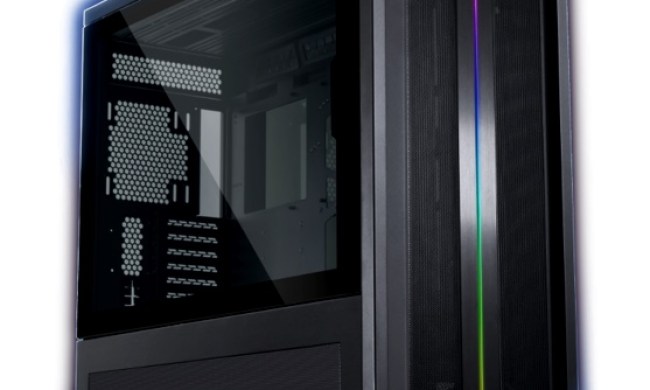
Though Microsoft’s Courier only existed as a concept and Microsoft may have shelved its ambitions for the pocketable dual-screen Surface Phone, the company’s ambitions for a foldable or dual-screen device are still very much alive and well, and are finding expression in a device code-named Centaurus. It’s been reported that Microsoft’s Surface hardware team recently showed off a dual-screen Surface device internally, and employees even got a chance to see the device ahead of a rumored fall 2019 launch.
The dual-screened Centaurus is said to be larger than the concept behind Microsoft’s Surface Phone ambitions, which at the time went by its code name of Andromeda. It’s been reported that Microsoft halted work on Andromeda because it couldn’t find meaningful and unique use cases for the foldable or dual-screen form factor. “We will invent and we will create when products are right,” Surface hardware chief Panos Panay said in an interview at the time. “We can’t bring new categories into the world and not be a place where customers need it.”
With Microsoft showing off Centaurus internally, it seems that Microsoft is moving away from a pocketable form factor in favor of a foldable screen or dual-screen laptop to create its compelling use case, though it’s still unclear how large the screen will be once Centaurus launches publicly. Centaurus is also believed to be among the first devices to use Microsoft’s unannounced Windows Lite operating system, also known as Windows Core OS. Windows Lite is believed to be designed around a dual-screen experience to help Microsoft compete with Google’s Chrome OS.
In addition to Centaurus, Microsoft’s partners are also working on initiatives to bring dual-screen devices to the market. Intel is laying the groundwork for dual-screen devices with interesting concepts that OEM partners can adopt and adapt for their specific products. Additionally, in announcing more information about Project Athena at Computex, Intel hopes that its work to deliver consistent, reliable performance in a thin and light form factor with efficient battery life will pave the way for dual-screen and foldable form factors in the future.
The Verge speculated that Intel and Microsoft may be working very closely on dual-screen initiatives, though it remains to be seen if Centaurus will be certified for Project Athena’s stringent specifications. And partners like AMD, Dell, HP, and Lenovo have also either shown off their takes on dual-screen devices in the recent past or are rumored to be planning to debut their own dual-screen computing devices.
Specifics about Centaurus are still unknown, and it’s still unclear if Microsoft will green-light this device for launch. Microsoft showed Centaurus to employees in a promotional video reel, according to The Verge. “Employees even formed long lines to get a closer glimpse at this new Surface device,” the publication added, noting that a launch could happen within the next six months.


